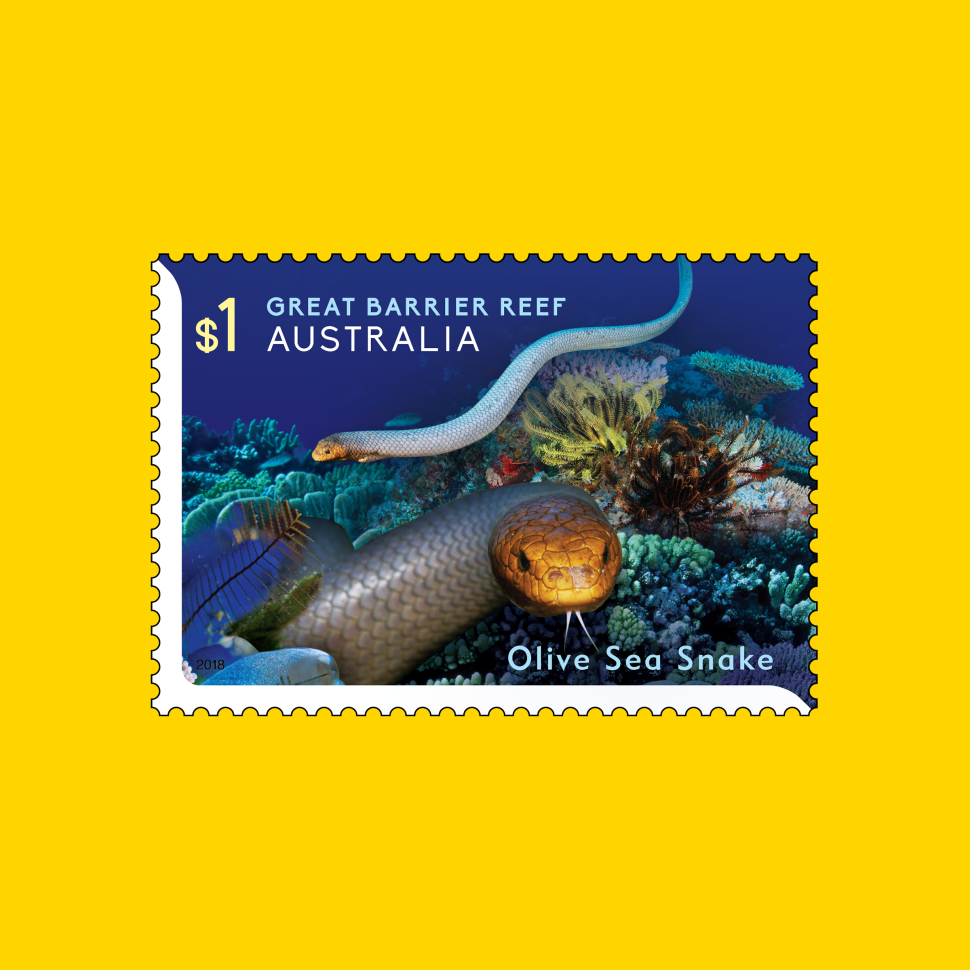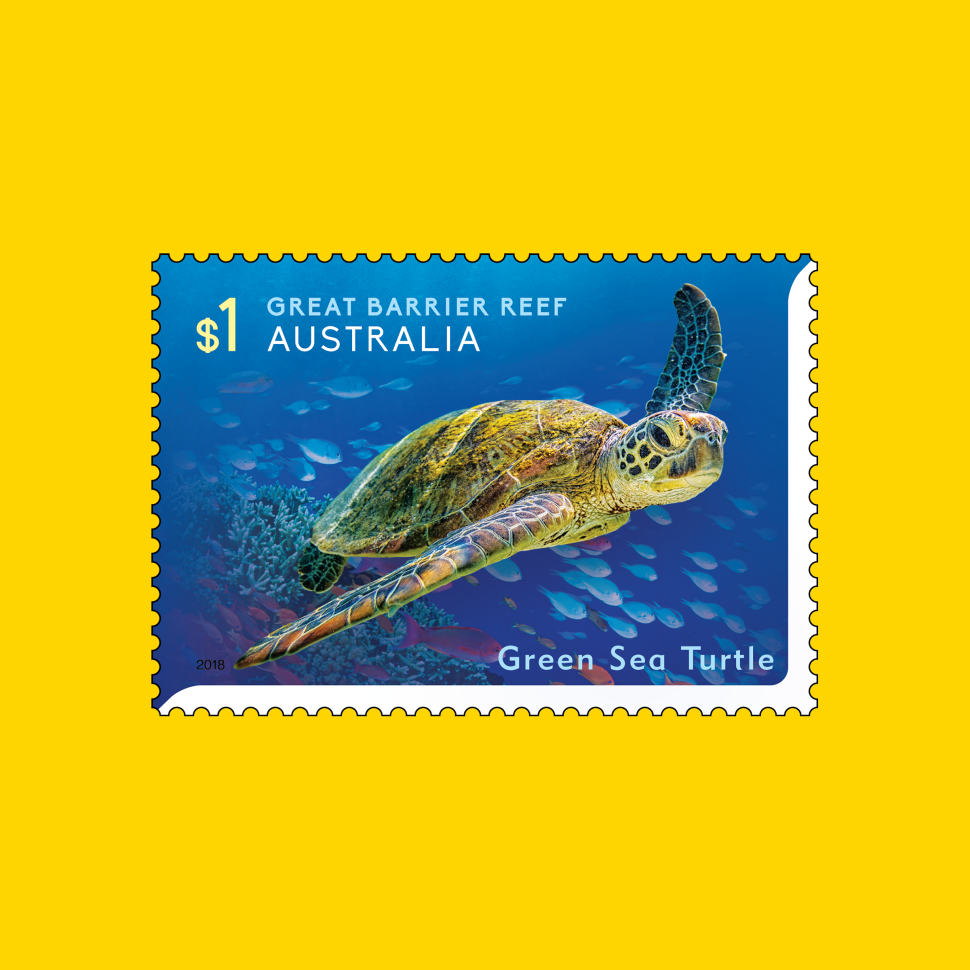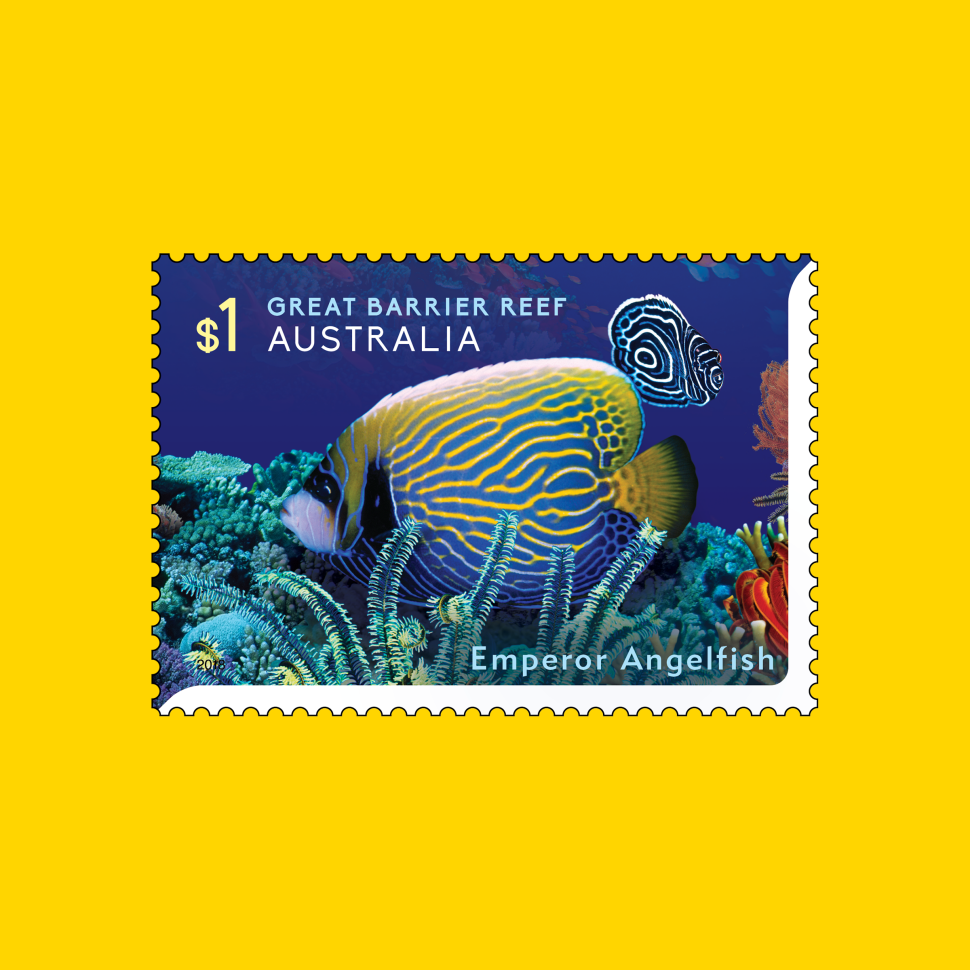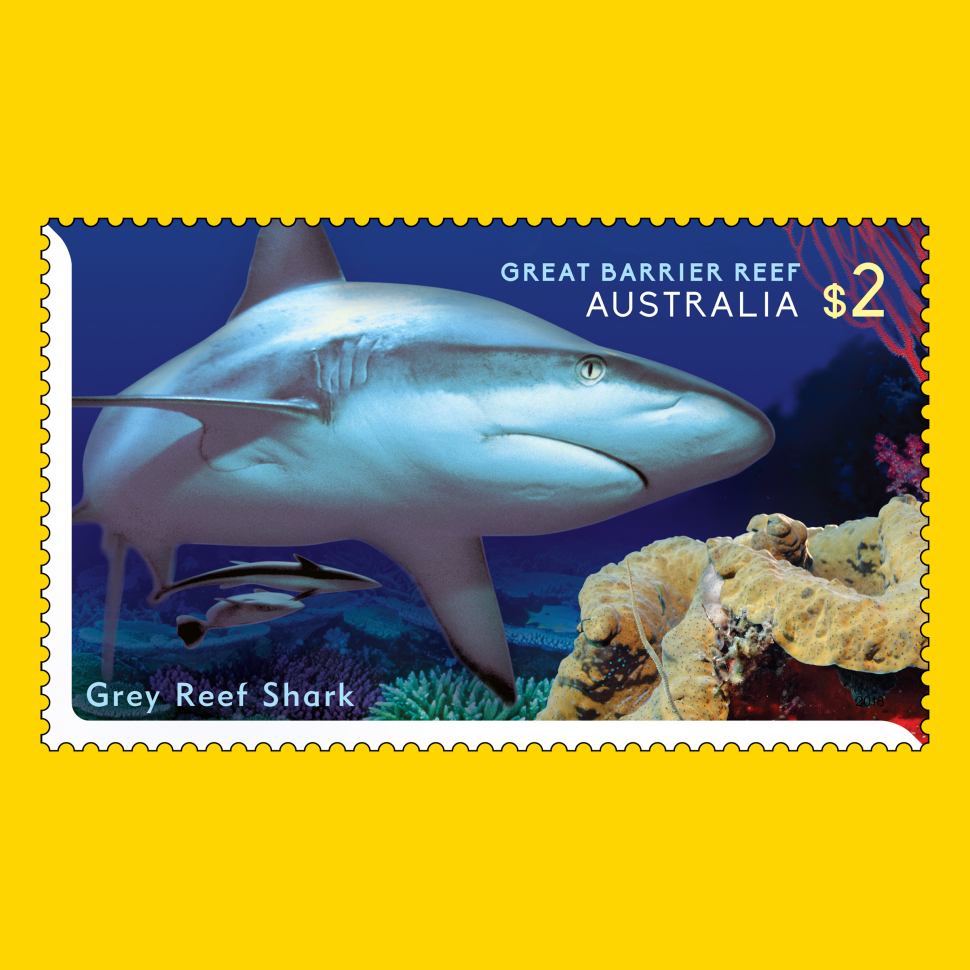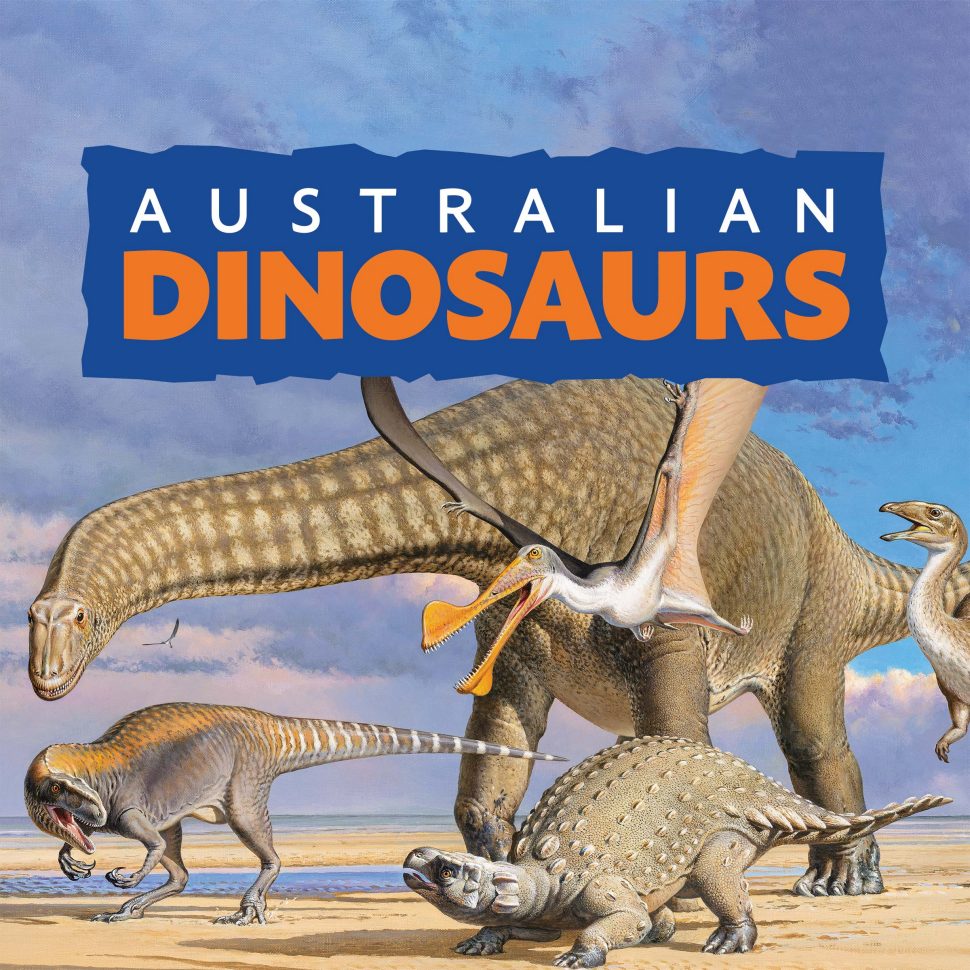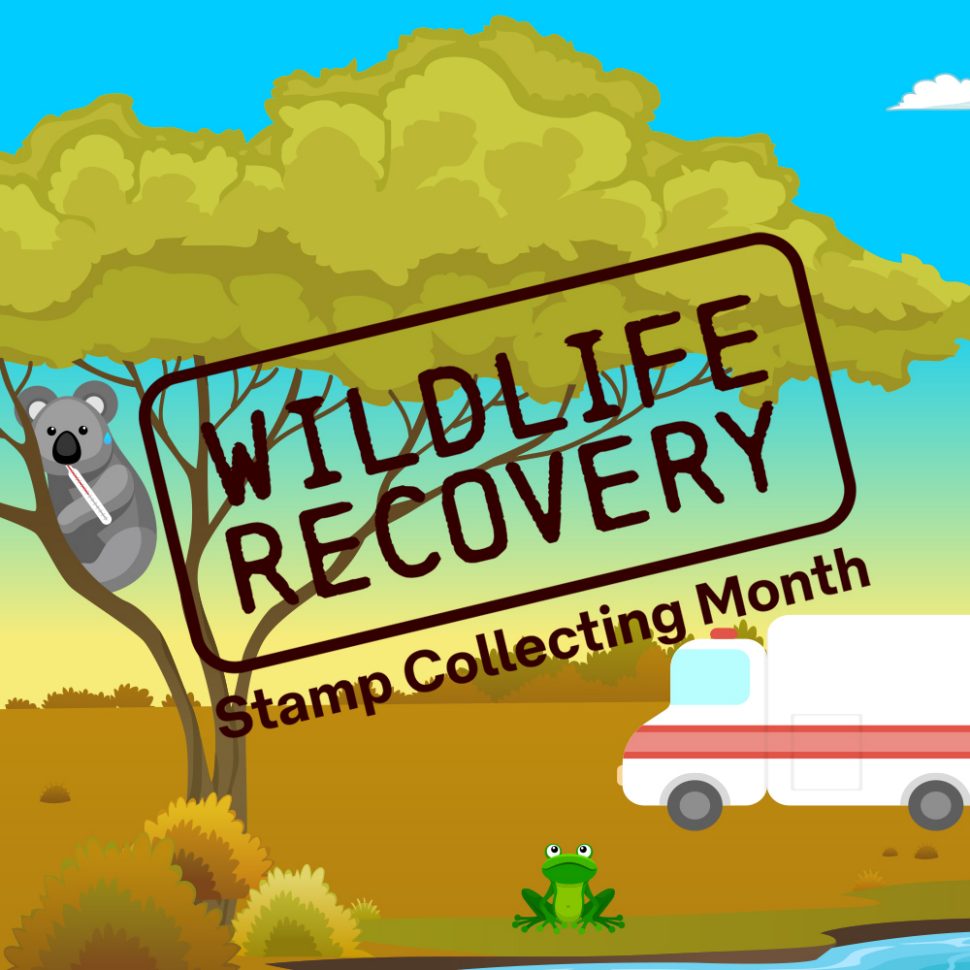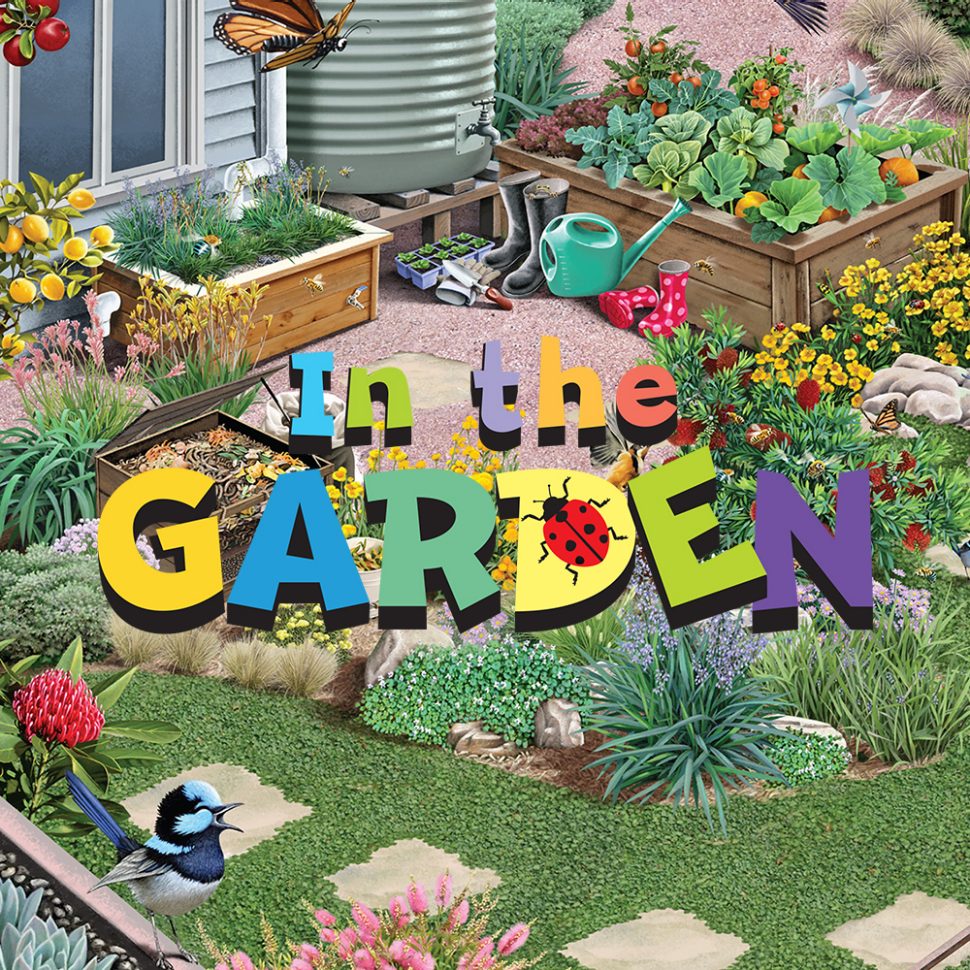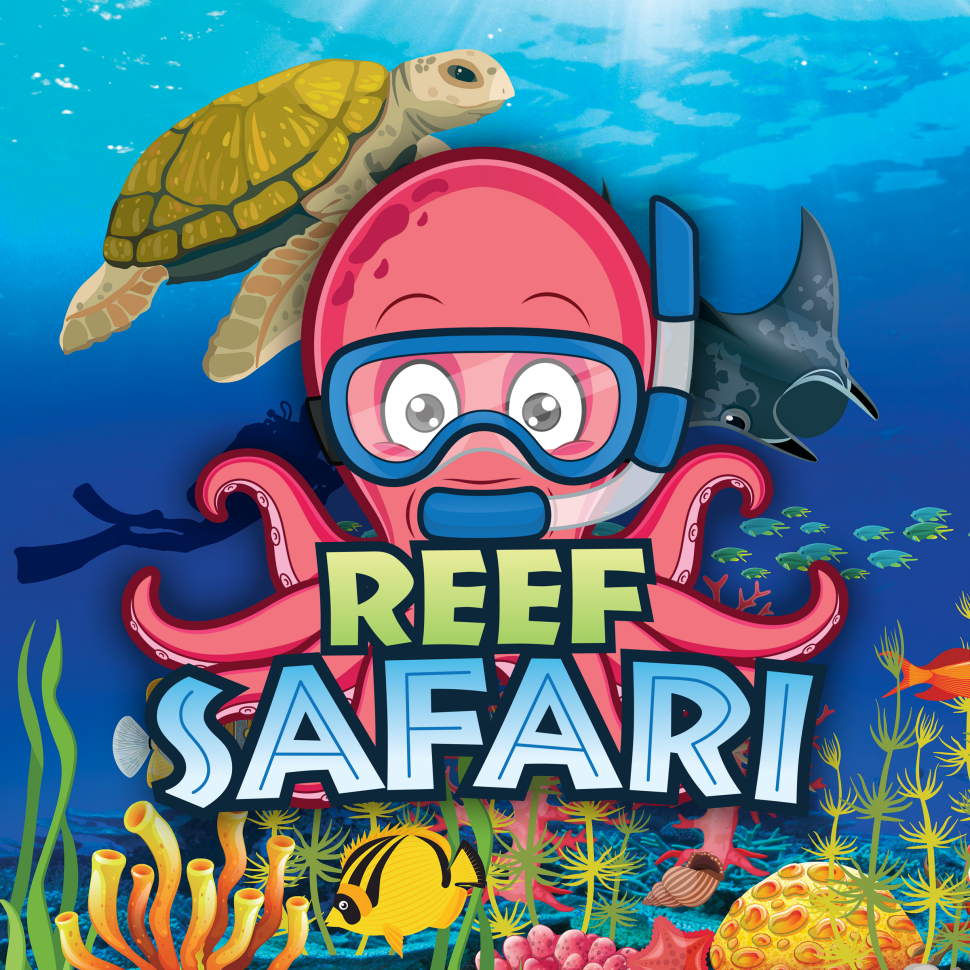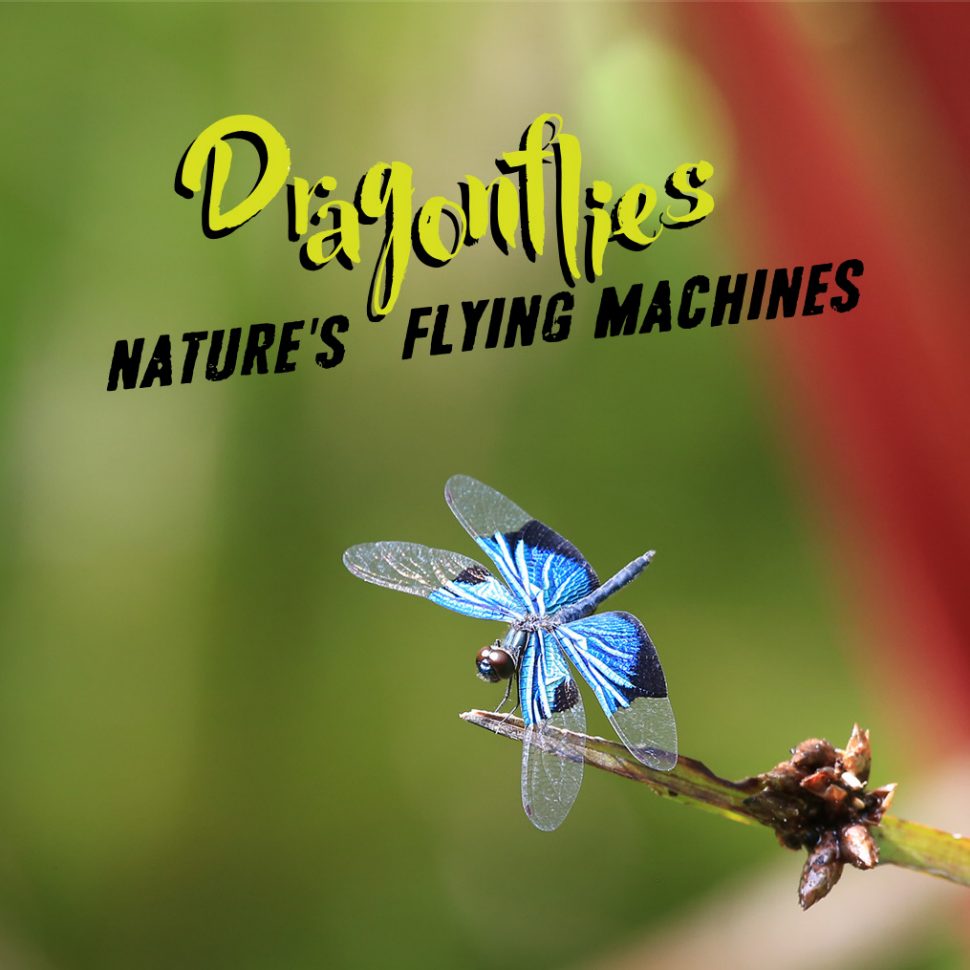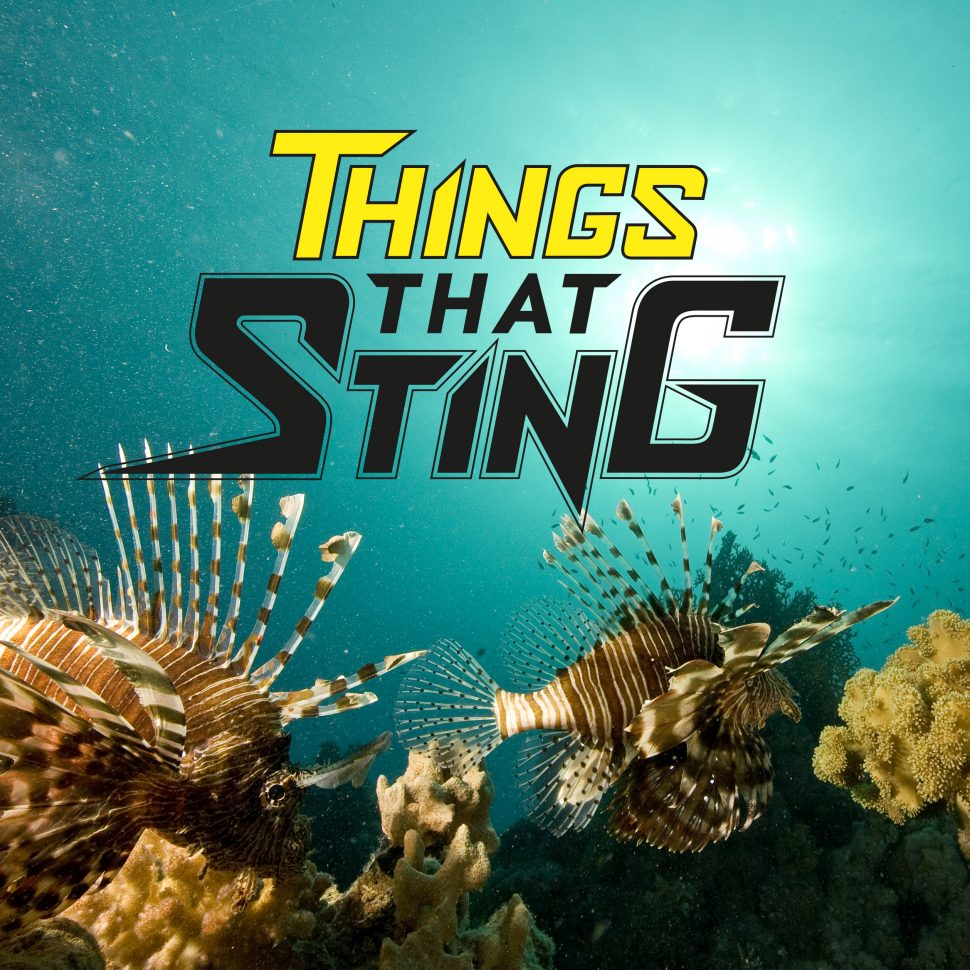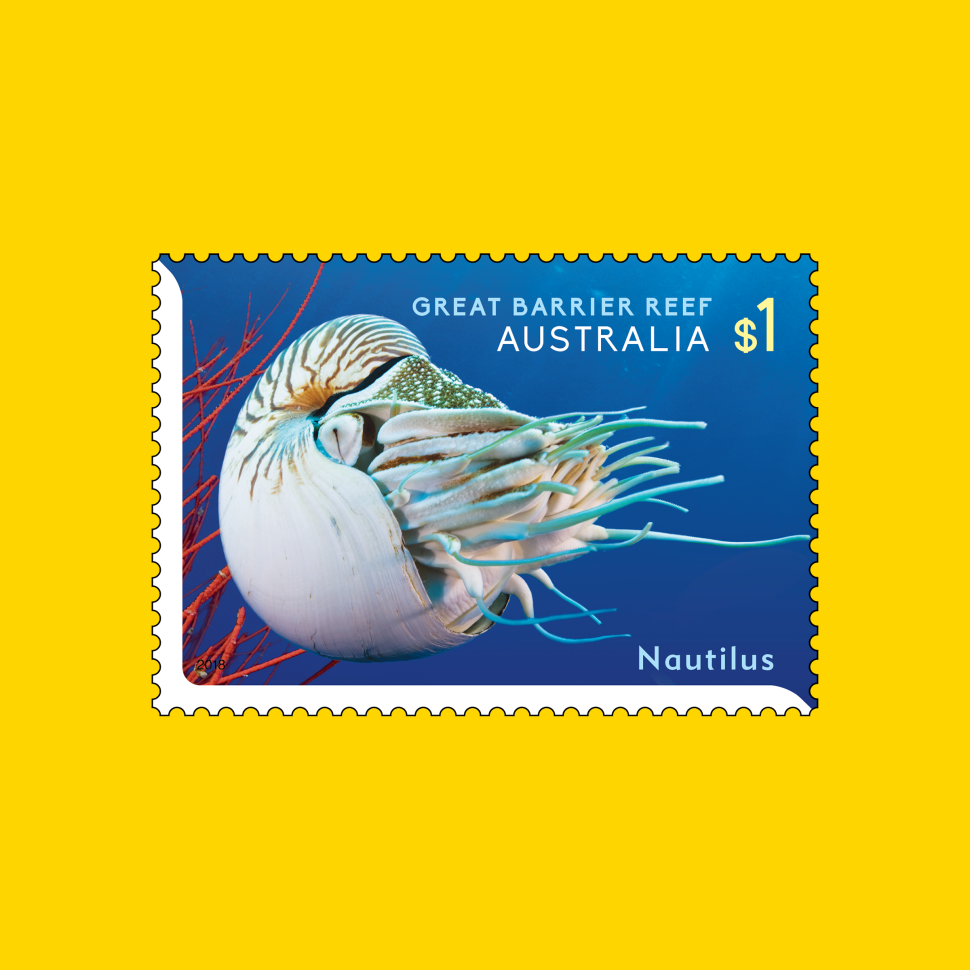
Nautilus pompilius
The Nautilus is a distant cousin of squid and octopus, boasting many more tentacles (about 90) and a hard-outer shell. In fact, Nautilus species are the only remaining cephalopods (a particular class of marine mollusc including squid and octopus) with an external shell. Its tentacles are coated in a sticky substance that helps it to capture its prey, which is usually a crustacean.
To swim it sucks water into a chamber of its shell, then expels the water by pulling its body into the chamber, creating jet propulsion to thrust itself backwards. The Nautilus on the stamp is shown swimming towards a soft coral called Red Whip Coral.

